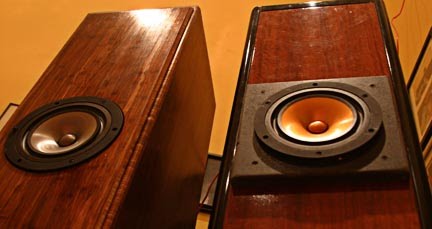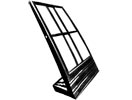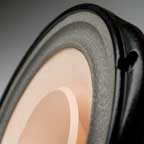

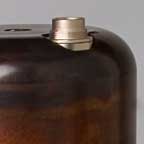
Our obsession takes us places where others fear to tread. Many may think "How dare we suggest that we can design a magnet structure better than the old dead guys". In all honesty we don't think we need to. They had the concepts and the applications correct but time moved on. One only needs to look at the writings of Harry Olson or anything by Bell Labs and the brilliance is apparent. We only hope to stand on the shoulders of those giants. Many try to simply retrofit field coil magnets into existing designs and others throw the most expesive materials at the concept and proclaim victory. We take a different approach and combine history with our experiences to set a proper design goal for the best current use of ancient technology.
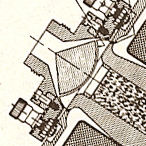
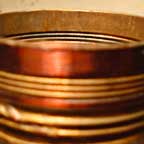
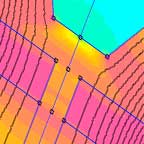
Field Coil Compression Drivers
Have you ever noticed the discontinuity between vintage alnico compression drivers and the throat of modern faster flare horns like those of Jean Michael LeCleac'h? Us too! It drives me crazy. Luckily, we also noticed that we enjoy the classic electromagnetic drivers more, anyway. So we designed electromagnets that are the continuous extension of the horn profiles. Ahhh... much better...
600 Hertz LeCleac'h with high T factor
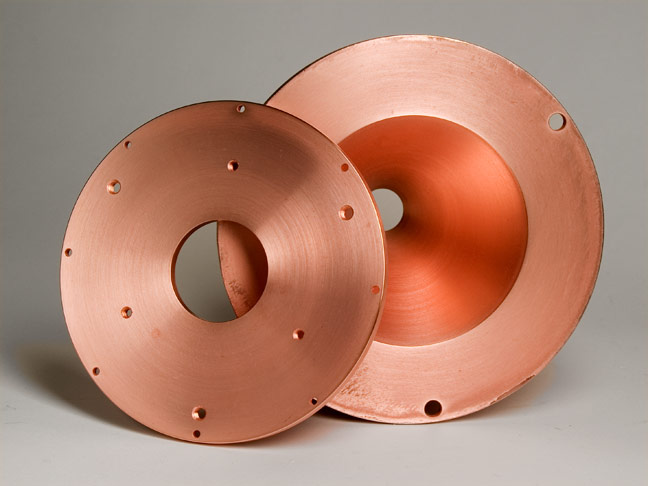
with integrated horn
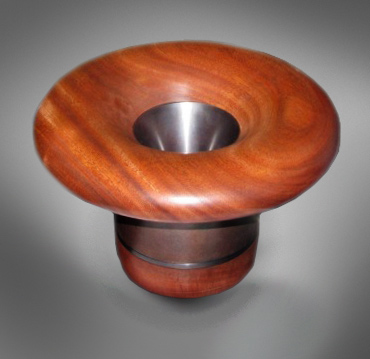
another example designed for Wheel Fi
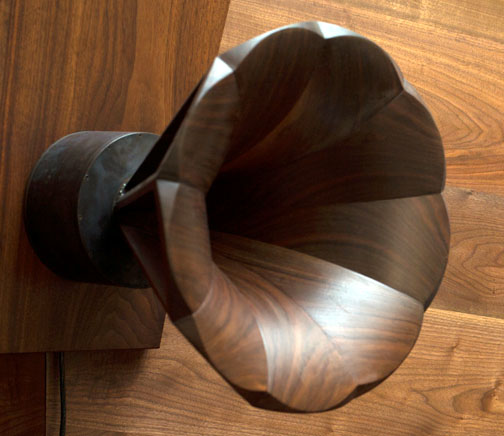
shown with Mercury vapor rectified power supply

The Lowther Experience.
Several years ago we decided the removable basket and full range nature of Lowthers was a perfect means to test a number of theories on speaker motor design. The ultimate goal was to learn from the lowthers and see if the same rules for motor desing hold true for compression driver design. We can now move on and leave you with some eye candy.
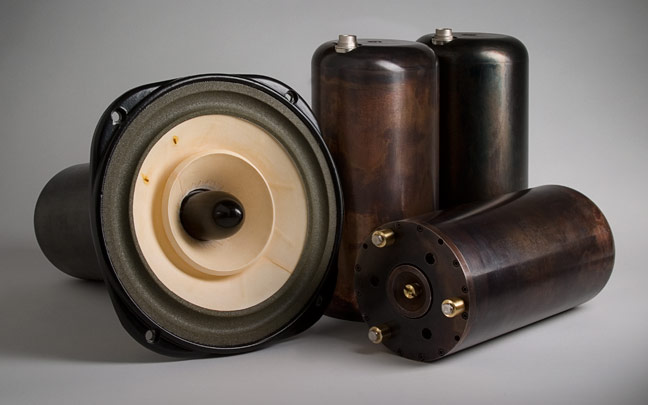
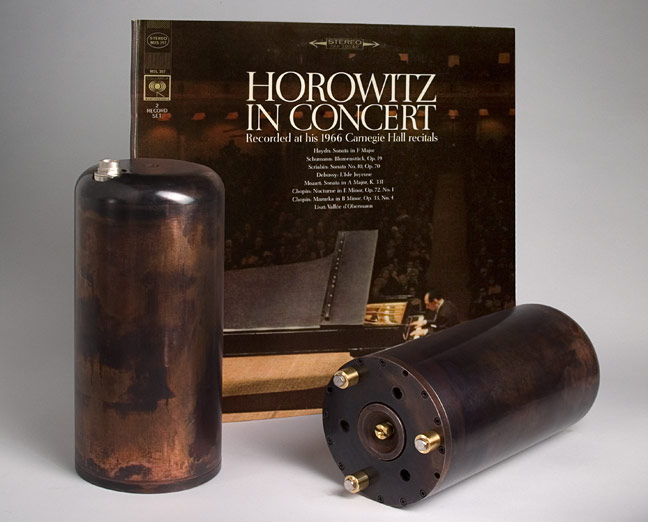
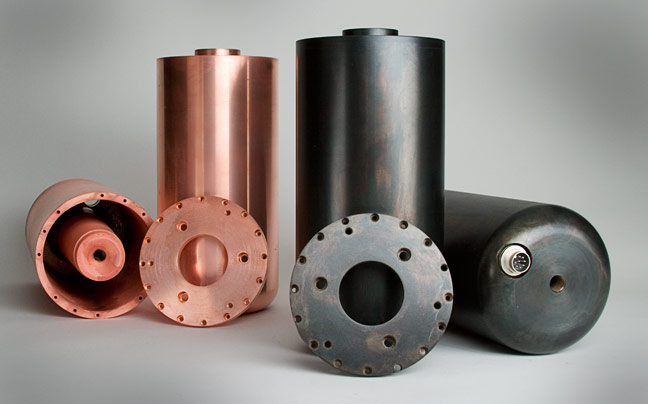
A new take on an existing full range.
We were approached to do a field coil magnet design for the Alpair 12 from Mark Audio. With full support form the manufacturer we took apart a unit to get the needed dimensions and collect information on the basic design.
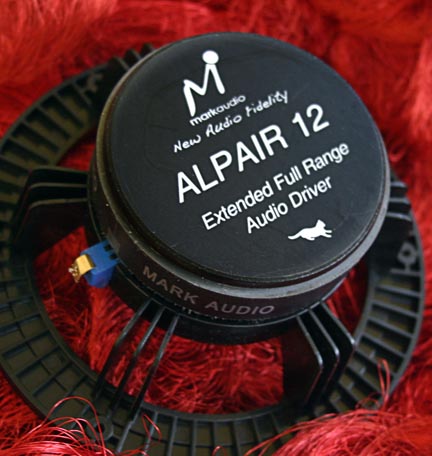
With the understanding on the operation of the original magnetic circuit we could then come up with a design to use an electromagnet and after a number of sims and a few conference calls the first proto was ready in concept and the machining began.
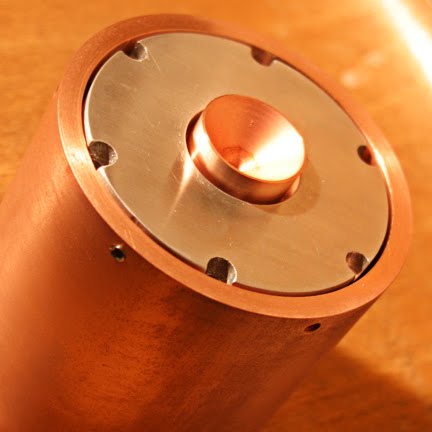
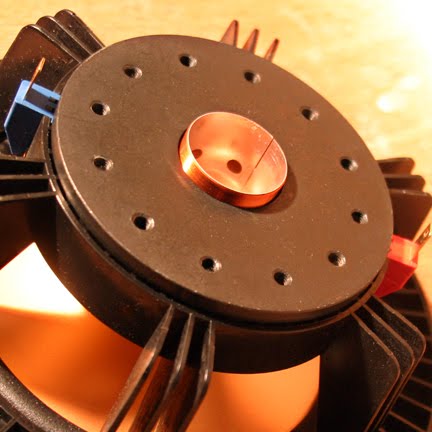
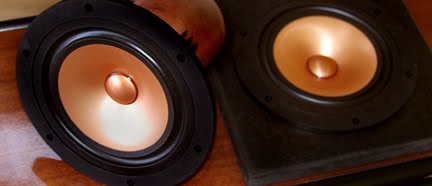
Finally a side by side listening comparison with the original driver was conducted to evaluate the merit of the first design. We had these playing in the Affirm Audio room at the Lone Star Audio Fest in 2010.
